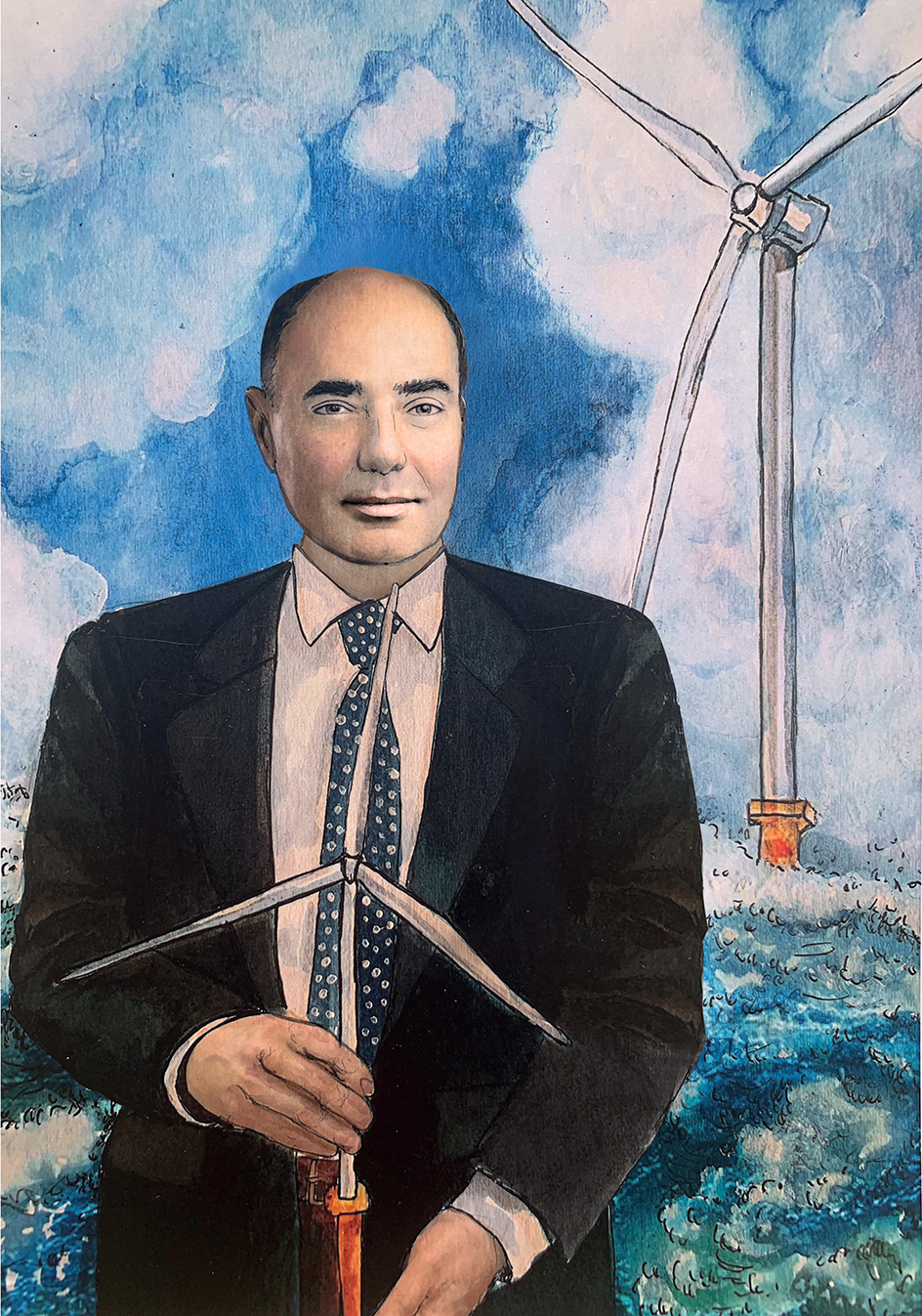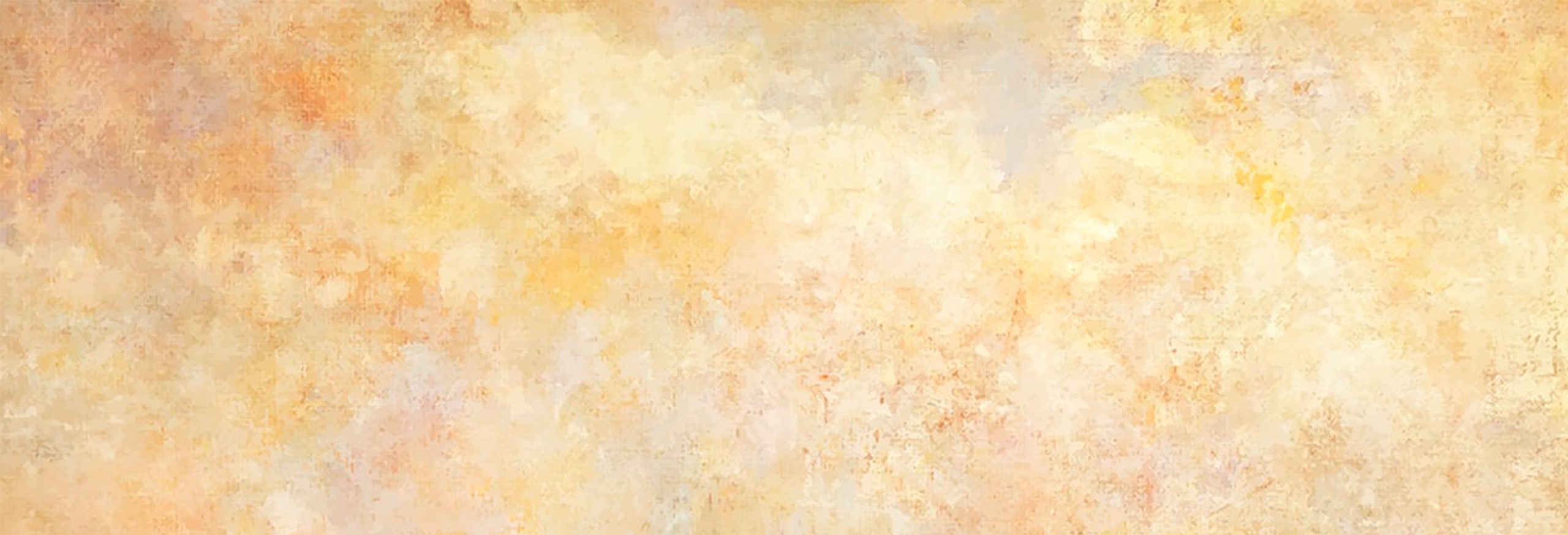
What did I need to learn to do this job?
My favourite subject at school was physics, but I also liked literature and history. After school, I went to two engineering schools in France. I studied there for six years in total, but I needed breaks in between, and so I studied three times for two years.
Offshore wind projects take many years and so one of the most important skills you need is anticipation, to be able to plan what will happen next.
The second most important skill for my job is probably coordination between different people: to help, for example, the finance people communicate with the engineers and the recruitment team.
Finally, you need to bring positive energy and passion to work, people only do well what they like doing and so it is important to do a job that motivates and pleases you.
Philippe Kavafyan, 53, Denmark
Former Chief Executive Officer at MHI Vestas Offshore Wind
All paths lead to the sea
The sea is the one big constant in my life. I was born in France in a small city nowhere near the sea, but I have always sailed and it is where I feel closest to nature. Now, I live with my family on the east coast of Denmark, in a city called Aarhus, which is a great place for sailing. I help build wind turbines in the sea so they can be used to produce clean electricity. For me, it is the perfect job!
I used to go offshore to visit the turbines at sea in my past job, but now as the big boss, or the chief executive officer (CEO), I spend most of my time in the office and in meetings. But I like to escape to the sea with our customers when I have the chance!
Building wind turbines in the sea is like making a massive Lego construction. We have to be very precise because the components are seriously heavy. Each blade weighs 40 tonnes, equivalent to the weight of 10 elephants, and the nacelle (the little box on top of the wind turbine), to which we attach the blades, weighs more than 500 tonnes or 100 elephants!
To manage the construction, we use a crane mounted on a special boat with long legs that go all the way down to the bottom of the sea to make sure the boat is stable when we lift the big components. We first build the foundations, the feet and the legs, before adding a tall tower, the body of the wind turbine, and at the top of the tower, we put on the nacelle, the head or face of the turbine. Finally, we attach three blades to the face’s nose.
In the future, turbines may be even bigger than they are today, but they will also look simpler. There will be so many turbines that we need to find the simplest ways possible to install them and to keep them working. We will need to use similar components in all turbines and to use robots or drones to inspect and even repair them.
My job is so exciting because these offshore technologies (the wind turbines at sea) can help reduce carbon dioxide emissions that contribute to global warming. We may not be able to stop climate change, but we can reduce its consequences and not put the lives of millions and millions of people at risk. We need to put all our intelligence and efforts to live on this planet in a more sustainable way. It is our home, there is no Planet B.

